When it comes to understanding the transportation industry, particularly the configurations of semi-trucks and trailers, one of the most crucial aspects pertains to the number of axles these vehicles possess. The axle count not only impacts load-bearing capacity but also dictates various facets such as maneuverability, stability, and regulatory compliance. In this comprehensive guide, we will delve into the intricacies surrounding the axles of semi-trucks and trailers, examining how many axles they typically have, the types of axles, and factors influencing axle configuration.
Understanding Axles in Semi Trucks and Trailers
What is an Axle?
An axle serves as the central shaft for rotating wheels. It plays a vital role in distributing the weight of the vehicle while allowing for wheel rotation. Axles are essential for the operation of any wheeled vehicle, especially those involved in heavy-duty transport like semi-trucks and trailers.
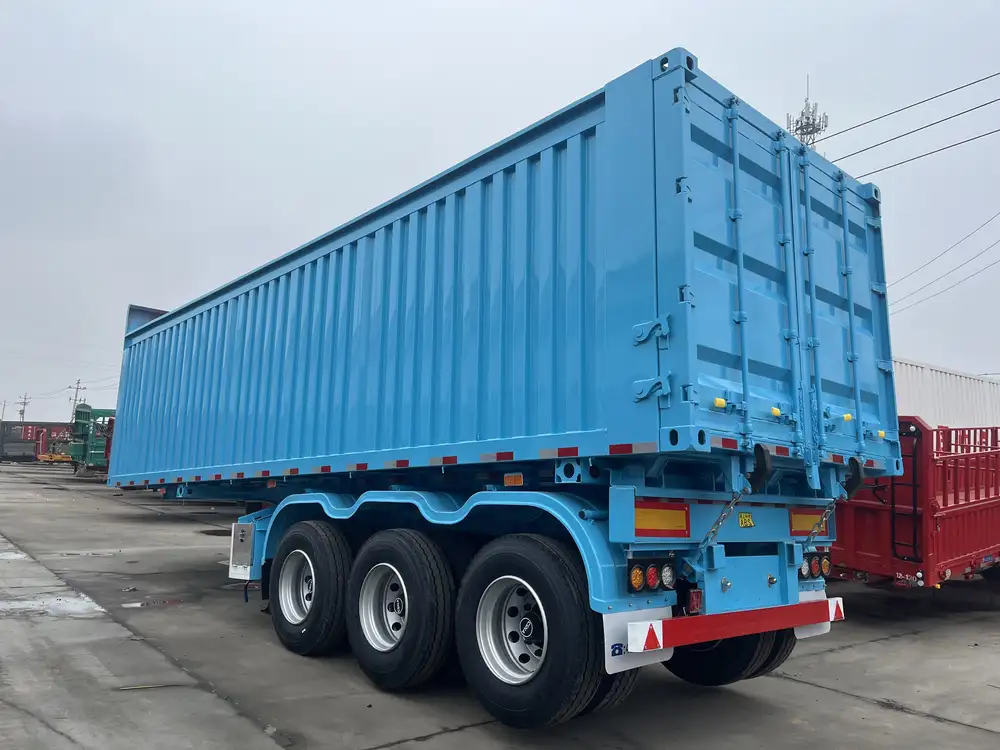
Types of Axles
Understanding the types of axles is essential for comprehending axle configurations in semi-trucks and trailers. The main classifications include:
- Drive Axles: These axles provide power to the wheels and are essential for propulsion.
- Steer Axles: Located at the front of the truck, steer axles allow for steering control.
- Trailer Axles: These are found on the trailers and can be either single or tandem axles.
Standard Axle Configurations
The typical semi-truck and trailer configurations include:
| Configuration | Truck Axles | Trailer Axles | Total Axles |
|---|---|---|---|
| Single Axle Truck | 1 | 1 | 2 |
| Tandem Axle Truck | 2 | 2 | 4 |
| Tri-Axle Truck | 3 | 2 | 5 |
| Quad Axle Truck | 4 | 2 | 6 |
How Many Axles Do Semi Trucks Typically Have?
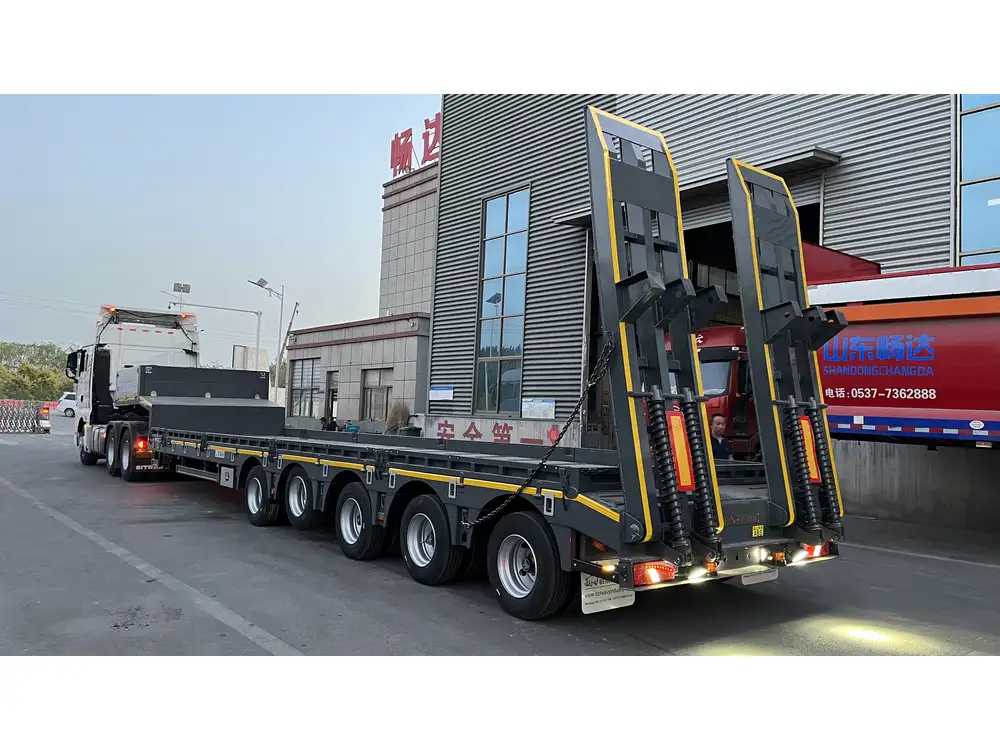
Standard Configurations
The majority of semi-trucks feature either a tandem axle configuration or a tri-axle configuration. Below is a breakdown of these common configurations:
Tandem Axle Configuration: Most prevalent among heavy-duty vehicles, this setup consists of two axles located close together (usually at the rear). Tandem trucks are capable of carrying substantial loads, typically up to 34,000 pounds per axle, which translates to a total of 68,000 pounds on the truck itself.
Tri-Axle Configuration: Utilized primarily for transporting super heavy loads, tri-axle trucks come equipped with three axles in the rear. These configurations enhance load distribution and allow for a maximum capacity of approximately 80,000 pounds, provided the respective state or federal regulations permit it.
Trailer Axle Counts
The trailer axle count can vary significantly based on the intended usage and legal limitations:
Single Axle Trailer: Usually suitable for lighter loads, these trailers feature only one axle and are less common in long-haul freight.
Tandem Axle Trailer: The most common configuration in the industry, these trailers typically have two axles and can carry heavier loads while maintaining stability and maneuverability.
Tri-Axle and Quad Axle Trailers: Designed for specialized loads, these trailers possess three or four axles, respectively, facilitating enhanced load capacities and weight distribution.
Key Considerations in Axle Count
Several factors influence the choice of axle configurations in semi-trucks and trailers:
Load Requirements: The type of cargo dictates the appropriate axle count. Heavier loads necessitate more axles to distribute weight effectively.
Regulatory Restrictions: Interstate and state laws impose limits on axle loads. Understanding local regulations is crucial for compliance.
Maneuverability: More axles can enhance stability but may also affect handling. The trade-off between payload capacity and maneuverability should be carefully evaluated.
Cost Implications: Configurations with more axles generally result in higher initial costs, maintenance, and operational expenses.
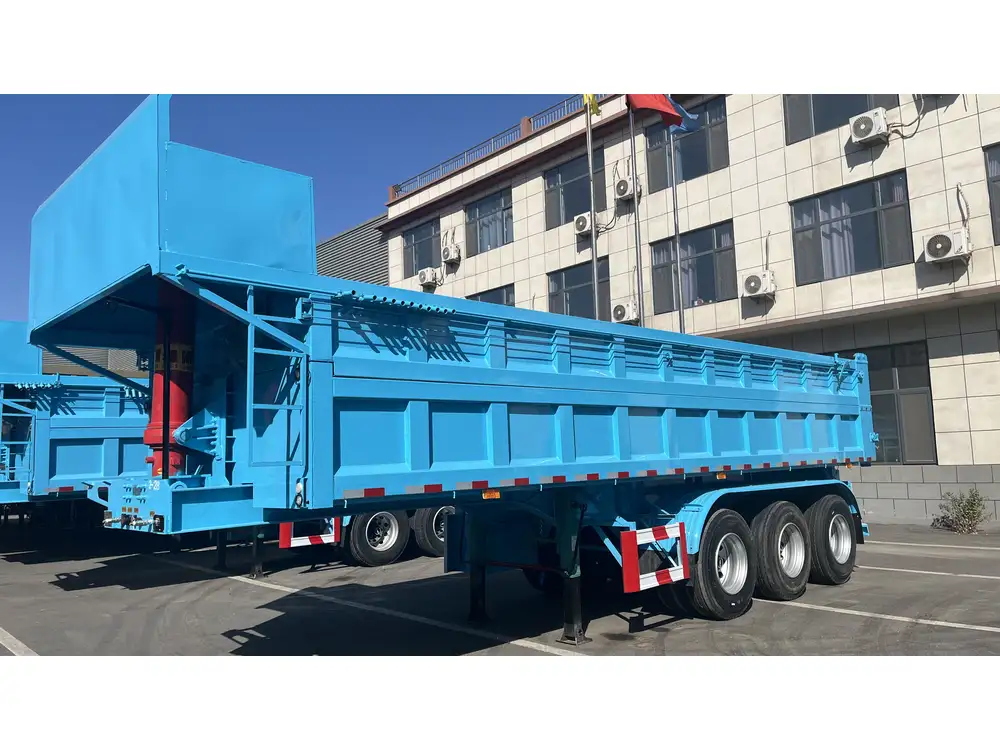
Advantages and Disadvantages of Various Axle Configurations
Tandem Axles
| Advantages | Disadvantages |
|---|---|
| Higher load capacity | Less maneuverable in tight spaces |
| Improved stability and balance | Increased weight and cost |
| Commonly accepted in regulations | Potentially more tire maintenance |
Tri-Axles
| Advantages | Disadvantages |
|---|---|
| Exceptional stability and load distribution | More complex maintenance requirements |
| Greater payload potential | Higher initial investment |
| Better suited for specialized loads | Increased overall vehicle weight |
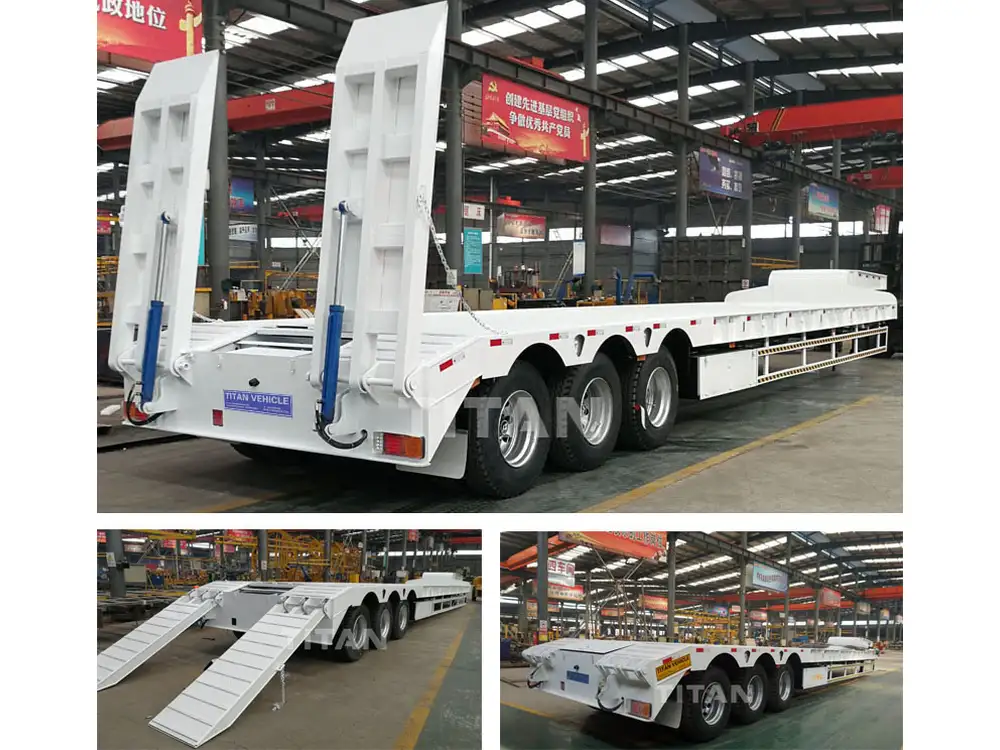
Quad Axles
| Advantages | Disadvantages |
|---|---|
| Maximum load distribution | More challenging to drive |
| Can handle very heavy shipments | Significant regulatory attention |
| Enhanced traction and stability | Increased costs for operations |
Regulations Governing Axle Configurations
In the transportation industry, regulations play a significant role in determining how many axles are permissible on semi-trucks and trailers. In the United States, federal axle weight limits are established by the Federal Highway Administration (FHWA) and vary by state.
General Guidelines
Federal Limits: The gross vehicle weight limit is 80,000 pounds for a typical semi-truck on federal highways. However, the specific weight limit per axle follows this guideline:
- Single Axle: 20,000 pounds
- Tandem Axle: 34,000 pounds
- Tridem Axle: 42,000 pounds
- Quad Axle: 48,000 pounds (depends on state laws)
State Regulations: Each state can impose additional restrictions, including lower weight limits or specific licensing requirements for vehicles exceeding certain axle counts.
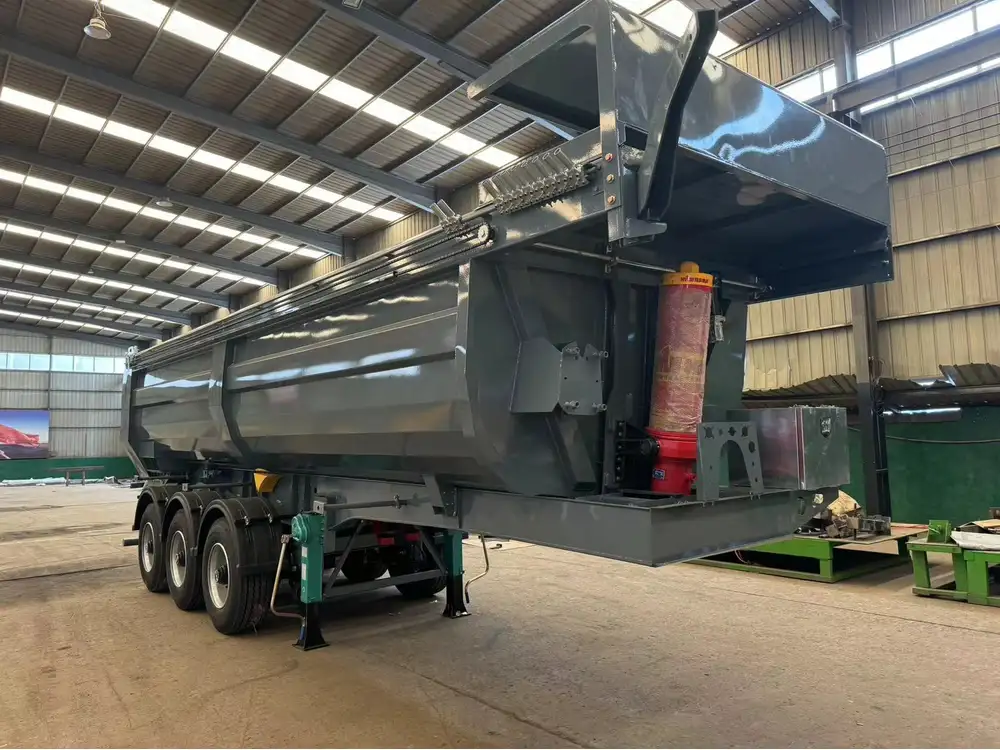
Consequences of Non-compliance
Failing to abide by axle regulations can lead to severe penalties, including fines, vehicle impoundments, and increased scrutiny during inspections. Consistent education on regulatory changes and compliance strategies should be a priority for fleet operators.
Future Trends in Axle Configurations
As technology and industry standards evolve, several trends are emerging in axle configurations for semi-trucks and trailers.
Electronic Axle Load Weighing Systems
Advanced weighing systems enable real-time monitoring of axle loads. This technology contributes to better load management, allowing operators to optimize the distribution of cargo and avoid costly fines associated with overweight violations.
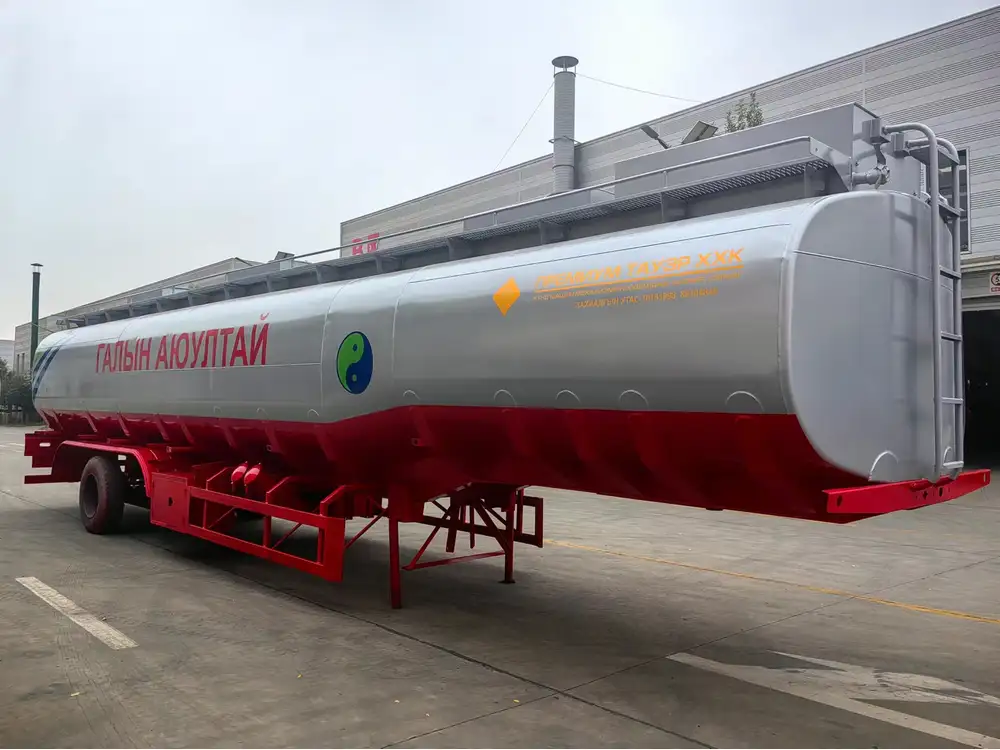
Shift Towards Alternative Fuels
The rise of eco-friendly transportation options, including electric trucks, may influence axle design and configuration. Lighter materials and innovative engineering solutions could present opportunities for more efficient axle systems.
Regulatory Changes and Innovations
A heightened focus on reducing carbon emissions and enhancing road safety may prompt new regulatory frameworks governing axle configurations. Keeping abreast of these changes is crucial for manufacturers and fleet operators alike.
Conclusion: The Critical Role of Axles in Semi-Trucks and Trailers
In conclusion, the question of “how many axles on a semi truck and trailer” encompasses a wide range of considerations that extend beyond basic design. It involves understanding the technical aspects, regulatory frameworks, and future trends that drive the trucking industry. Ensuring the right axle configuration is not only essential for compliance but also crucial for maximizing performance, safety, and efficiency. As we continue to navigate the complexities of the transportation landscape, staying informed and adaptable will be key to thriving in this dynamic sector.
By comprehensively understanding axle configurations and their implications, manufacturers and fleet operators can make informed decisions that bolster their operational capabilities and enhance competitiveness in an increasingly demanding marketplace.



